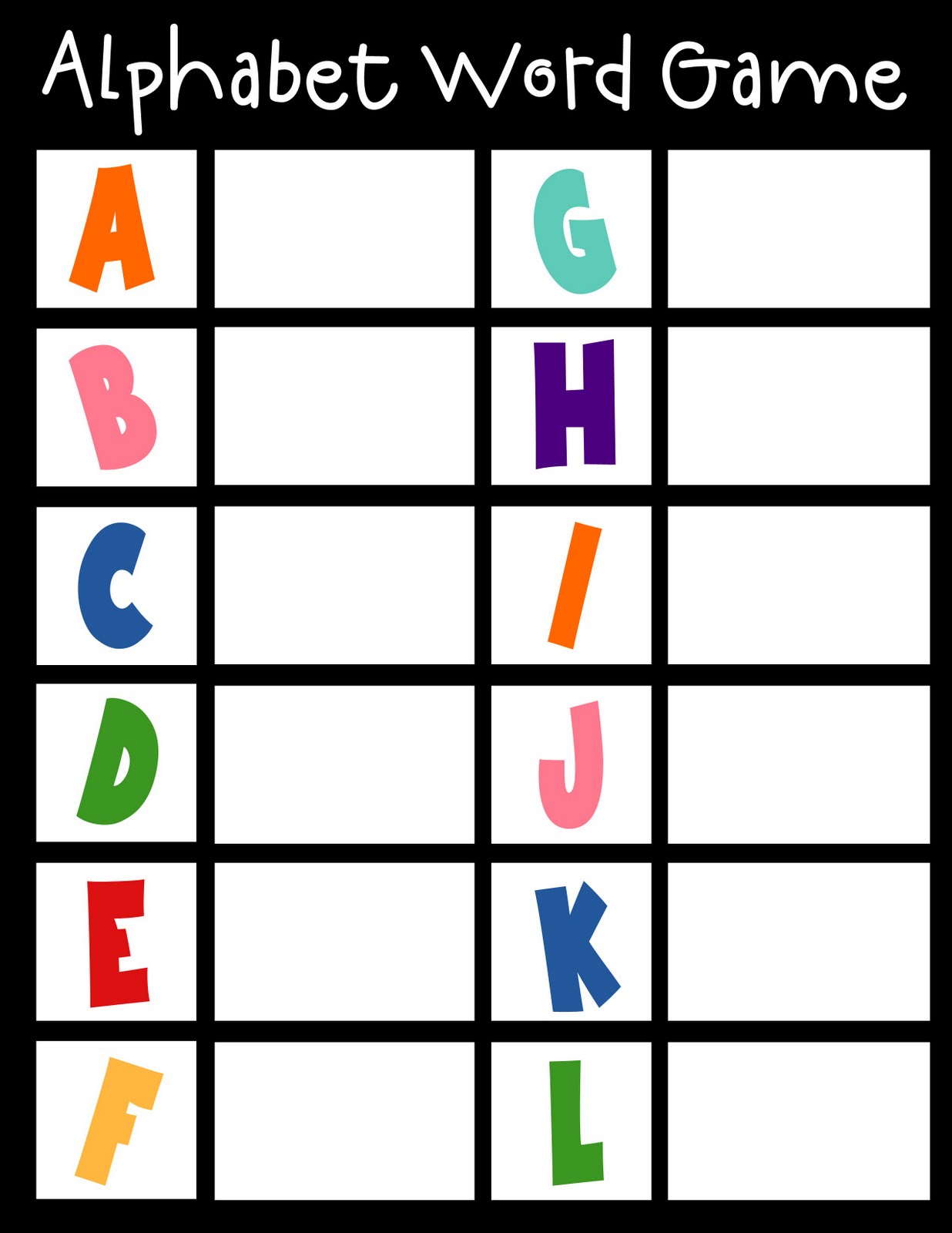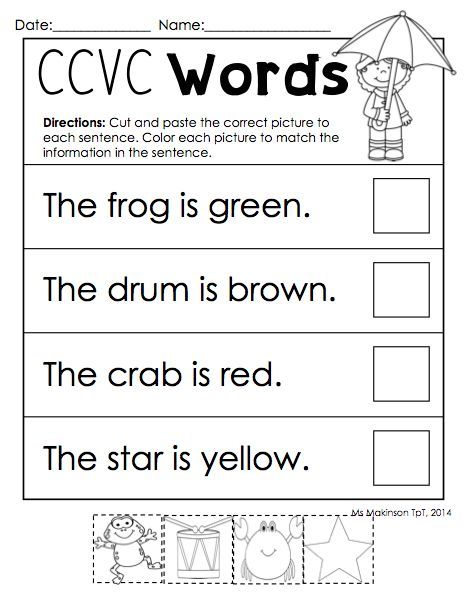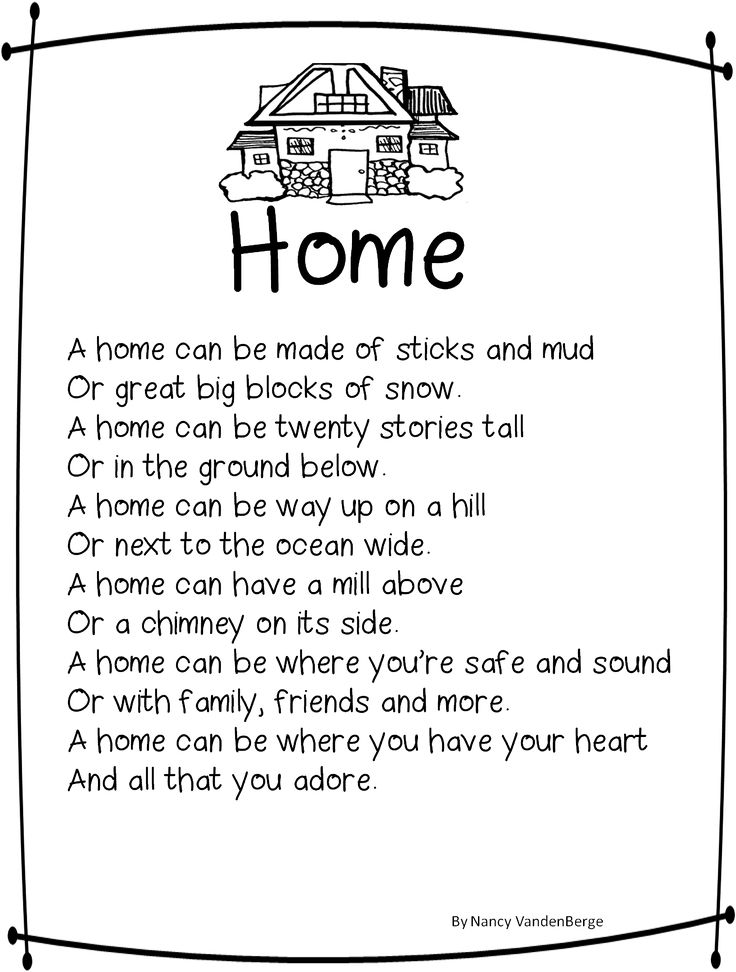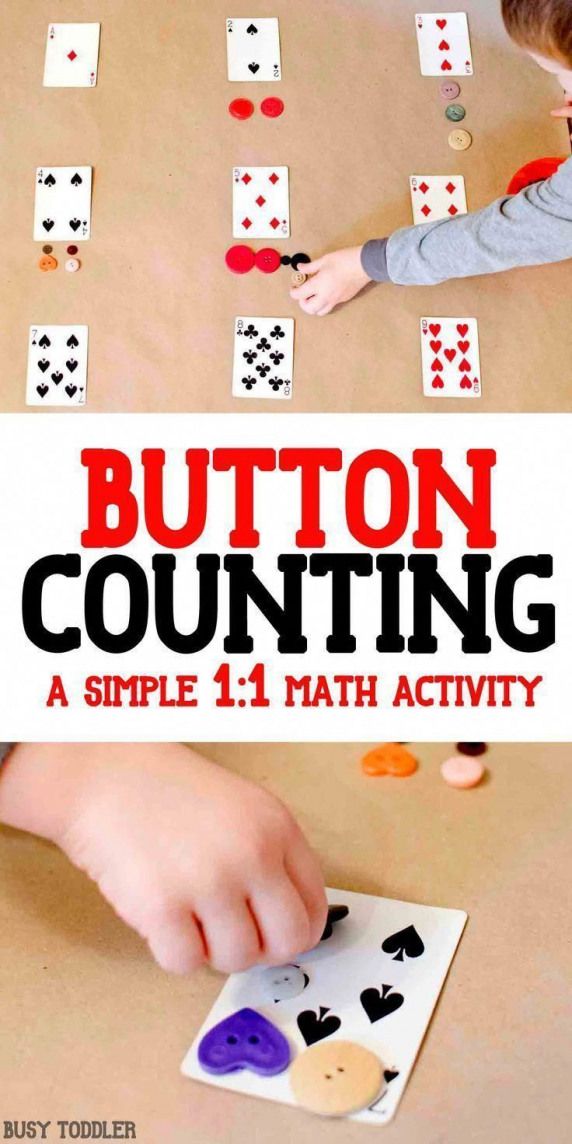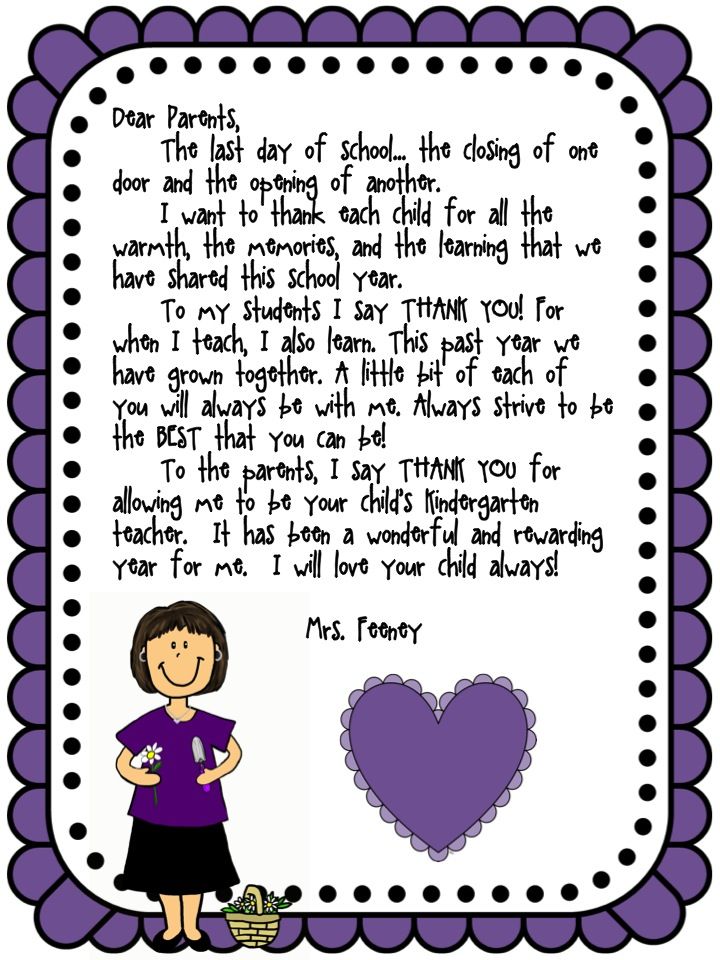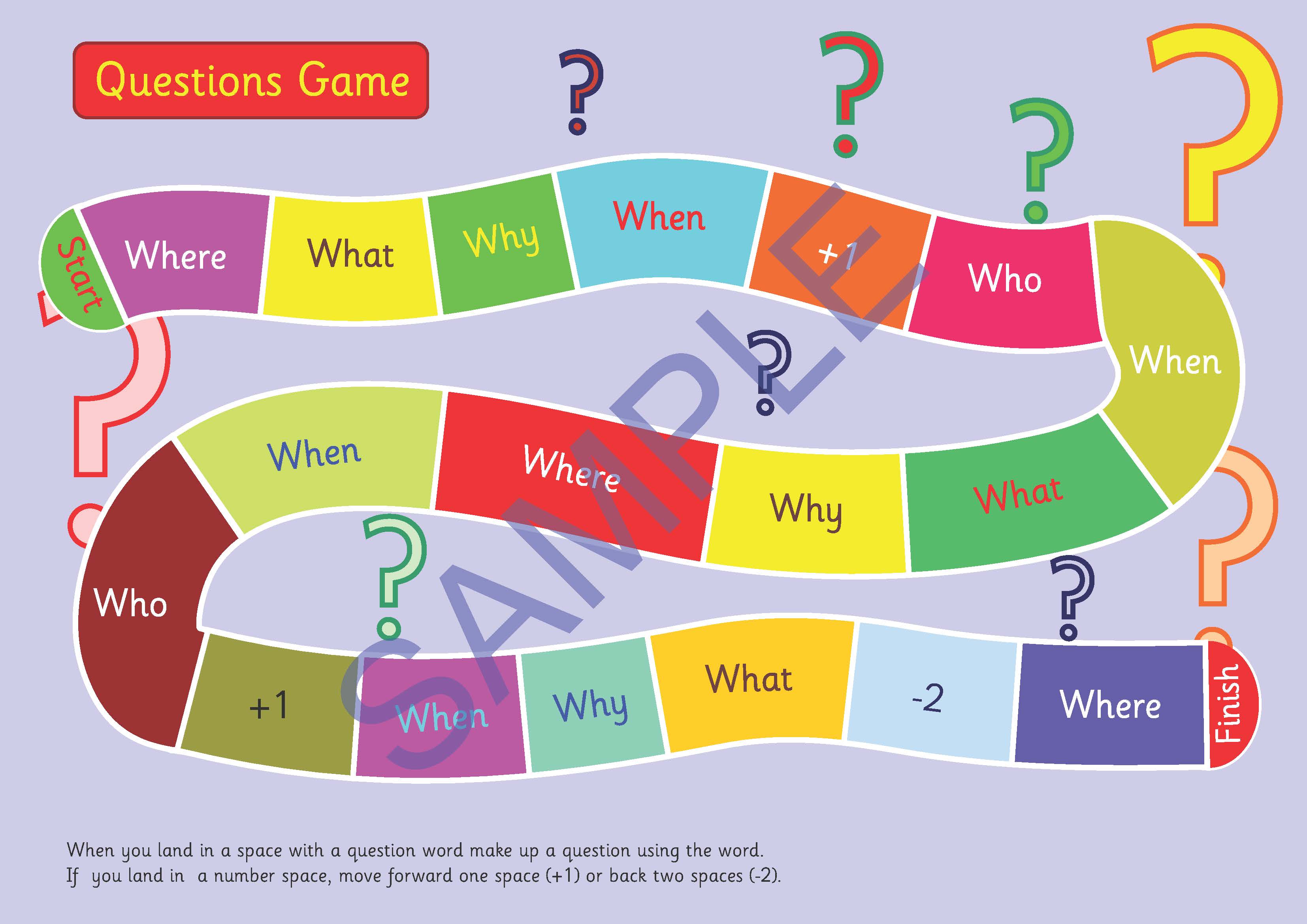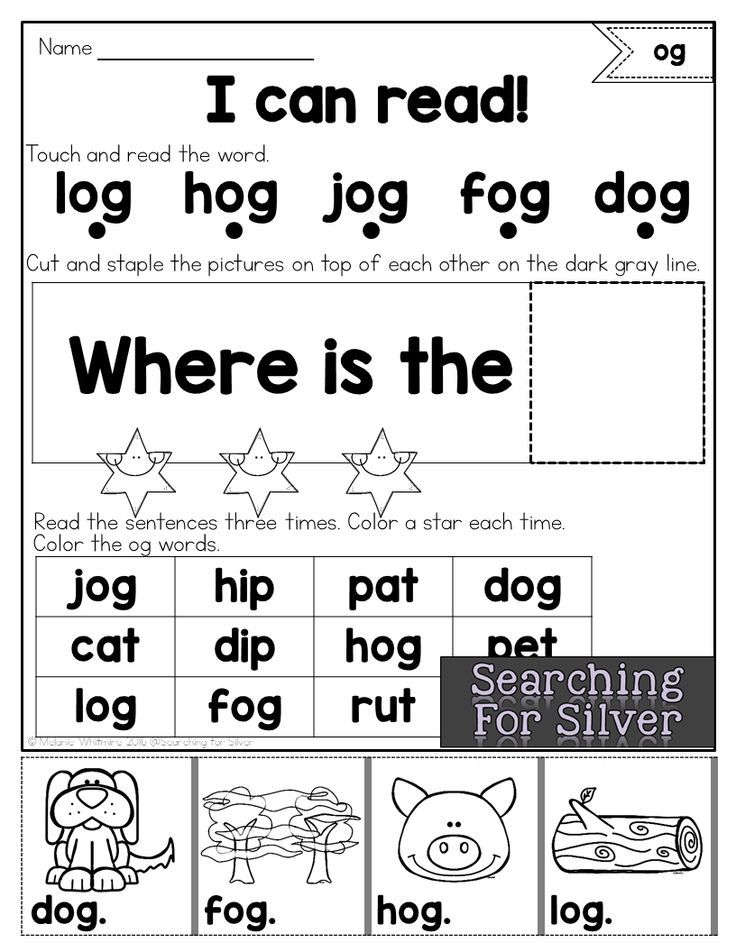Letter sound correspondence examples
Literacy Instruction for Individuals with Autism, Cerebral Palsy, Down Syndrome, and Other Disabilities
What are letter-sound correspondences?
Letter-sound correspondences involve knowledge of
- the sounds represented by the letters of the alphabet
- the letters used to represent the sounds
Top
Why is knowledge of letter-sound correspondences important?
Knowledge of letter-sound correspondences is essential in reading and writing
- In order to read a word:
- the learner must recognize the letters in the word and associate each letter with its sound
- In order to write or type a word:
- the learner must break the word into its component sounds and know the letters that represent these sounds.
Knowledge of letter-sound correspondences and phonological awareness skills are the basic building blocks of literacy learning.
These skills are strong predictors of how well students learn to read.
Top
What sequence should be used to teach letter-sound correspondence?
Letter-sound correspondences should be taught one at a time. As soon as the learner acquires one letter sound correspondence, introduce a new one.
We suggest teaching the letters and sounds in this sequence
- a, m, t, p, o, n, c, d, u, s, g, h, i, f, b, l, e, r, w, k, x, v, y, z, j, q
This sequence was designed to help learners start reading as soon as possible
- Letters that occur frequently in simple words (e.g., a, m, t) are taught first.
- Letters that look similar and have similar sounds (b and d) are separated in the instructional sequence to avoid confusion.
- Short vowels are taught before long vowels.
- Lower case letters are taught first since these occur more frequently than upper case letters.
The sequence is intended as a guideline. Modify the sequence as required to accommodate the learner’s
- prior knowledge
- interests
- hearing
Top
Is it appropriate to teach letter names as well as letter sounds?
Start by teaching the sounds of the letters, not their names.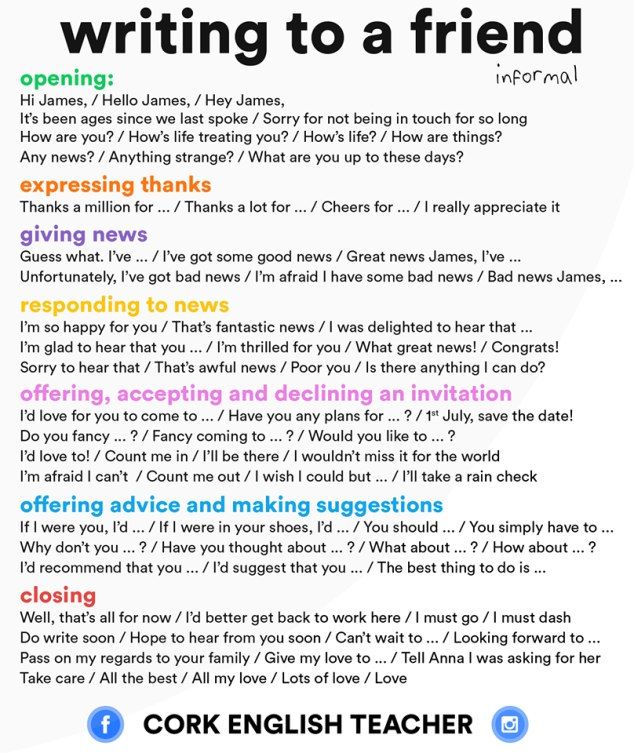 Knowing the names of letters is not necessary to read or write. Knowledge of letter names can interfere with successful decoding.
Knowing the names of letters is not necessary to read or write. Knowledge of letter names can interfere with successful decoding.
- For example, the learner looks at a word and thinks of the names of the letters instead of the sounds.
Top
Sample goal for instruction in letter-sound correspondences
The learner will
- listen to a target sound presented orally
- identify the letter that represents the sound
- select the appropriate letter from a group of letter cards, an alphabet board, or a keyboard with at least 80% accuracy
Top
Instructional Task
Here is an example of instruction to teach letter-sound correspondences
- The instructor
- introduces the new letter and its sound
- shows a card with the letter m and says the sound “mmmm”
After practice with this letter sound, the instructor provides review
- The instructor
- says a letter sound
- The learner
- listens to the sound
- looks at each of the letters provided as response options
- selects the correct letter
- from a group of letter cards,
- from an alphabet board, or
- from a keyboard.
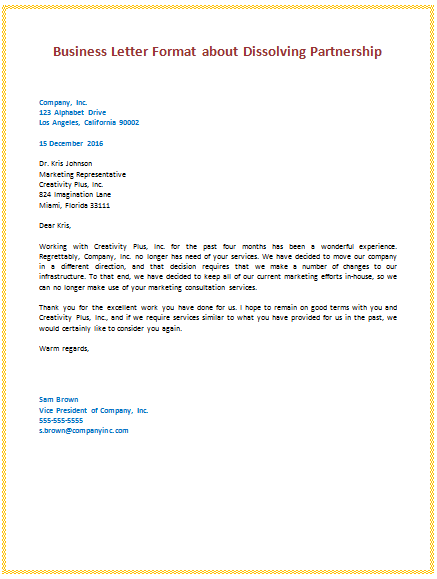
Top
Instructional Materials
Various materials can be used to teach letter-sound correspondences
- cards with lower case letters
- an alphabet board that includes lower case letters
- a keyboard adapted to include lower case letters
Here is an example of an adapted keyboard that might be used for instruction once a student knows many of the letter-sound correspondences.
The learner must
- listen to the target sound – “mmmm”
- select the letter – m – from the keyboard
Top
Instructional Procedure
The instructor teaches letter-sound correspondences using these procedures:
- Model
- The instructor demonstrates the letter-sound correspondence for the learner.
- Guided practice
- The instructor provides scaffolding support or prompting to help the learner match the letter and sound correctly.
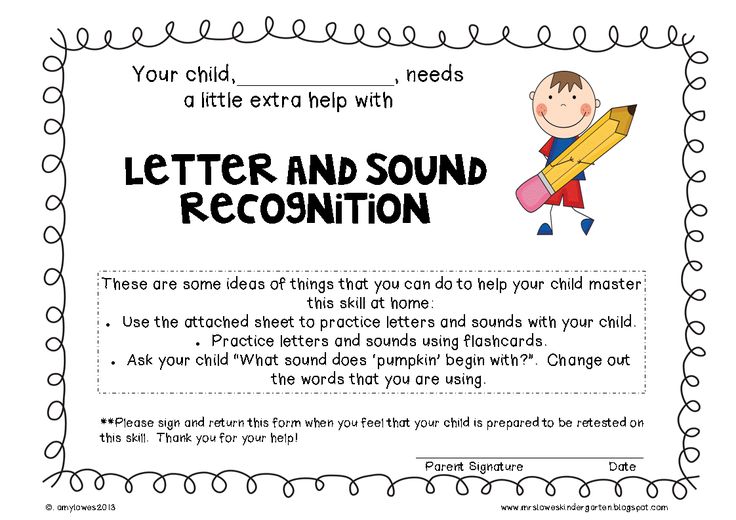
- The instructor gradually fades this support as the learner develops competence.
- The instructor provides scaffolding support or prompting to help the learner match the letter and sound correctly.
- Independent practice
- The learner listens to the target sound and selects the letter independently.
- The instructor monitors the learner’s responses and provides appropriate feedback.
Top
Student Example
Krista is 8 years old in this video
- Krista has multiple challenges, including a hearing impairment, a visual impairment, and a motor impairment. She also has a tracheostomy.
- We started to work with Krista when she was 8 years old. At that time, she was in a special education class at school and was not receiving literacy instruction.
- She uses sign approximations to communicate with others. She also uses a computer with speech output (a Mercury with Speaking Dynamically Pro software). Because of her hearing impairment, she does best when she receives augmented input (sign and speech).
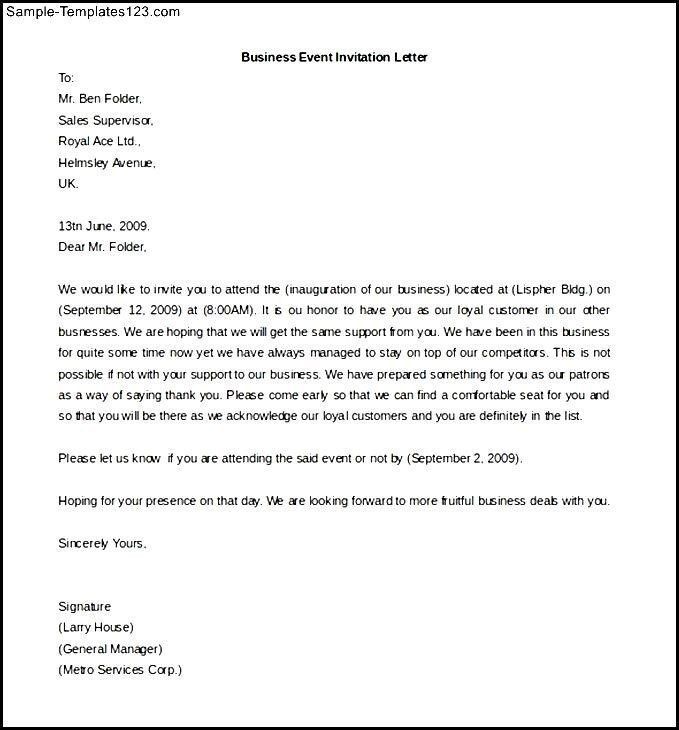
- This video was taken after 3 weeks of instruction.
- Krista is learning letter-sound correspondences. So far she has been introduced to the letter sounds for m and b
- Janice is providing instruction; Marissa, a graduate student at Penn State, is learning about literacy instruction and helping to collect data; and Krista’s parents and nurse are watching the session, excited about her progress.
- Janice
- provides an array of letter cards as response options
- says one of the target letter sounds
- Krista
- listens to the sound
- points to the letter that makes the target sound
- After 3 weeks (approximately 3 hours) of instruction, Krista has successfully learned the letter sounds – m and b.
- Over the next months, we introduced the other letter sounds gradually. We also worked on recognition of high interest sight words, decoding skills, and shared reading activities.

- Krista made excellent progress in all activities. Click to learn more about Krista’s success learning literacy skills despite the many challenges she faced.
Top
Pointers
There are a wide range of fonts. These fonts use different forms of letters, especially the letter a.
- Initially use a consistent font in all instructional materials
- Later, as the learner develops competence, introduce variations in font.
Top
Last Updated: February 19, 2019
teaching letter-sound correspondence -
Teaching Letter-Sound Corrospondence
Teaching letter-sound correspondence is a critical component in learning the alphabet, teaching phonics, and essential to reading success. So let’s talk about letter-sound correspondence and how you can teach it effectively!
What is letter-sound correspondence? Letter-sound correspondence is the knowledge of the sounds/phonemes connected to individual letters. Although there are only 26 letters of the English alphabet, there are 44 Phonemes or individual distinct units of sound. Phonemes also include letter combinations like blends and digraphs, but I will only be focussing on the letters of the alphabet for this post.
Although there are only 26 letters of the English alphabet, there are 44 Phonemes or individual distinct units of sound. Phonemes also include letter combinations like blends and digraphs, but I will only be focussing on the letters of the alphabet for this post.
When to teach letter-sound correspondence? As you teach letter recognition, it is just as important to teach letter-sound correspondence understanding. I have found that teaching letter-sound correspondence with letter identification increases phonemic awareness, phonics understanding, decoding words, and reading skills overall.
How do you teach letter-sound correspondence? Teaching letter-sound correspondences should be done one at a time. Once a letter-sound has been mastered introduce the next one. To facilitate early reading the best, try teaching letters and letter-sounds by those found most often in text. I use the order below.
- a, m, t, p, o, n, c, d, u, s, g, h, i, f, b, l, e, r, w, k, x, v, y, z, j, q
HERE ARE SOME THINGS TO CONSIDER WHEN IMPLEMENTING THIS SEQUENCE.

- Teach frequently used letters first aids early reading. (e.g., a, m, t)
- Teach letters that look similar and have similar sounds (e.g. b and d) in separate lessons to help avoid confusion.
- Short vowels should be taught before long vowels.
- Lower case letters are taught before upper case letters.
Teach unique sounds once the others are mastered.
Unique sounds, like hard and soft C and G, should be taught seperate from each other. These sounds are also referred to as copycat C as /s/ and copycat C as /k/ and copycat G as /j/.
Letter X is usually found at the end of a word and may be easier to teach as an ending sound rather than beginning sound.
Letter-object association vs letter identification with letter-sound correspondence
Providing a variety of objects and visuals that begin with the focus letter increases vocabulary and understanding of the phonemes. For more advanced students, use objects with the focus letter sound at the end or in the middle and have them identify if the sound is in the middle or end of the word.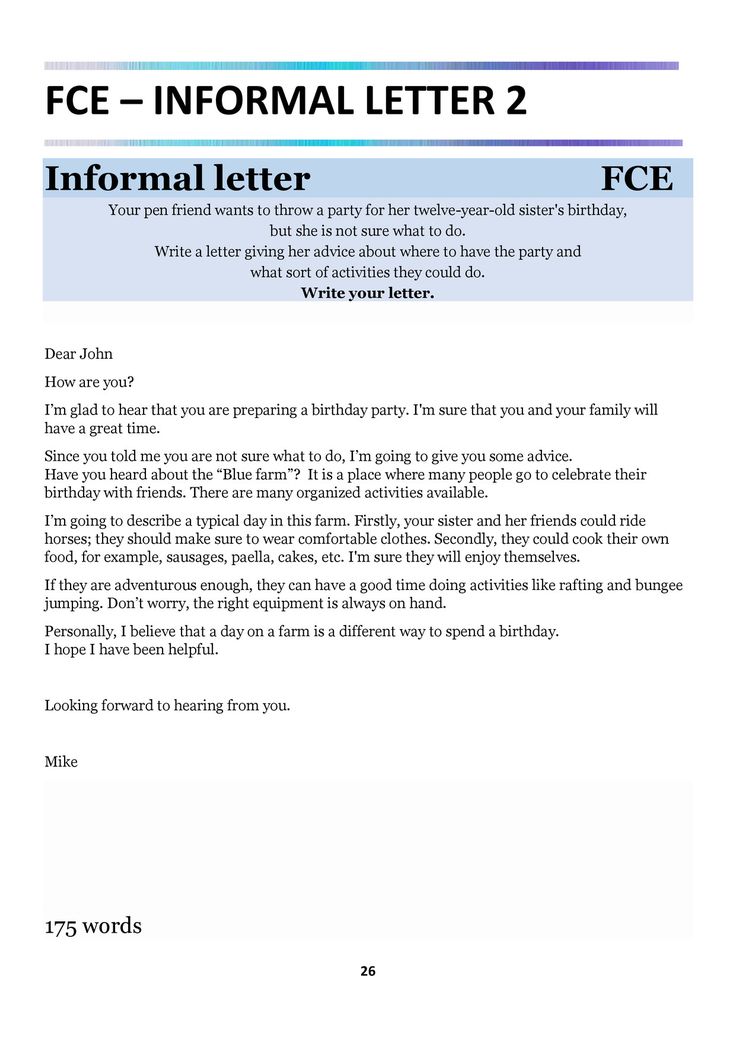
Be careful not to teach letter-object association like B is for ball. Here is an example of a more effective method of teaching letters and letter sounds while using visuals.
Point to the focus letter. “This is the letter B,” “The B says, “b” (children may say buh, but we do not emphasize the uh at the end).
“Can you say “b” too?”
Hold up the visual, the ball for this example, and ask your child to tell you what it is.
Did you say the B sound “b?”
Let’s listen carefully and say it again. “B-b-b-ball. Ball!”
“What letter sound did we hear?” “The letter B sound!”
I created letter-sound correspondence mats to help students gain confidence in identifying the letter sounds for each letter of the alphabet.
Click the picture to grab this resource! In level 1 of the letter-sound correspondence mats, students will demonstrate basic knowledge of letter-sound correspondences by producing the primary sound for each picture.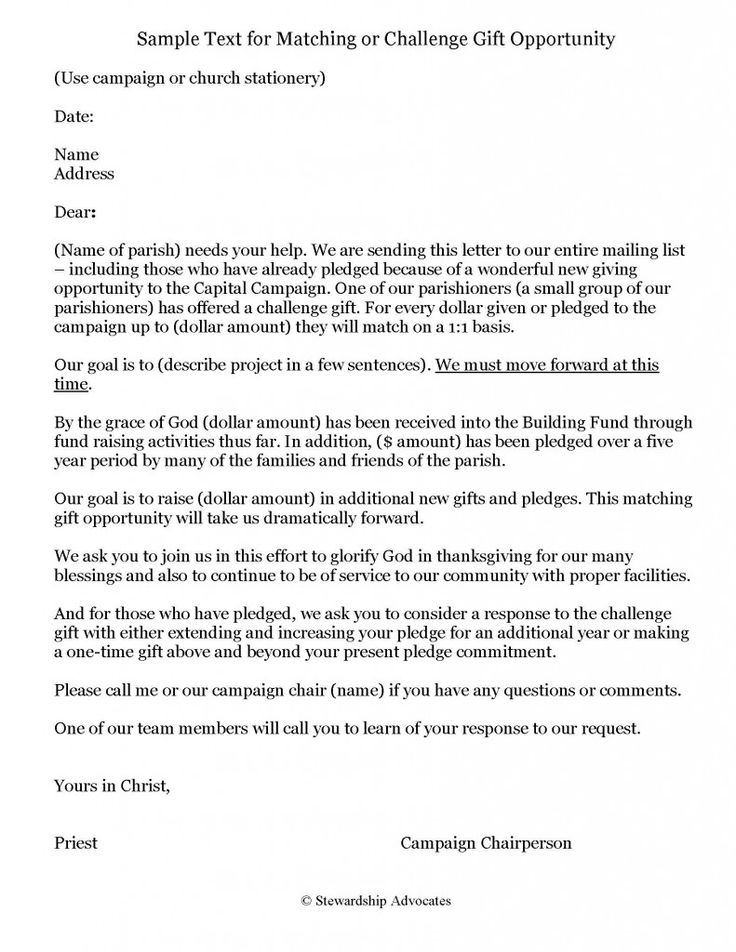 All eight images on the mat begin with the focus letter-sound. In level 2, students will discriminate between pictures that begin with the focus letter-sound and those that do not.
All eight images on the mat begin with the focus letter-sound. In level 2, students will discriminate between pictures that begin with the focus letter-sound and those that do not.
Included in this resource –
There is a page for every consonant letter sound.
Vowel sounds have two sounds covered: long and short vowels A, E, I, O, and U.
The unique or tricky sounds hard and soft C and G are included seperately.
These unique letters are also listed as copycat C as /s/ and copycat C as /k/ and copycat G as /j/.
(These letters are placed at the end of the alphabet so you can choose which version of wording you want to teach before printing.)
Unique letter X is the only letter mat that focuses on the ending sound instead of the beginning sound.
Additional resources you may like
The following resources go nicely with my letter-sound correspondence mats. They focus on letter formation and letter-sounds.
Phonetics and phonology of the Russian language
11.
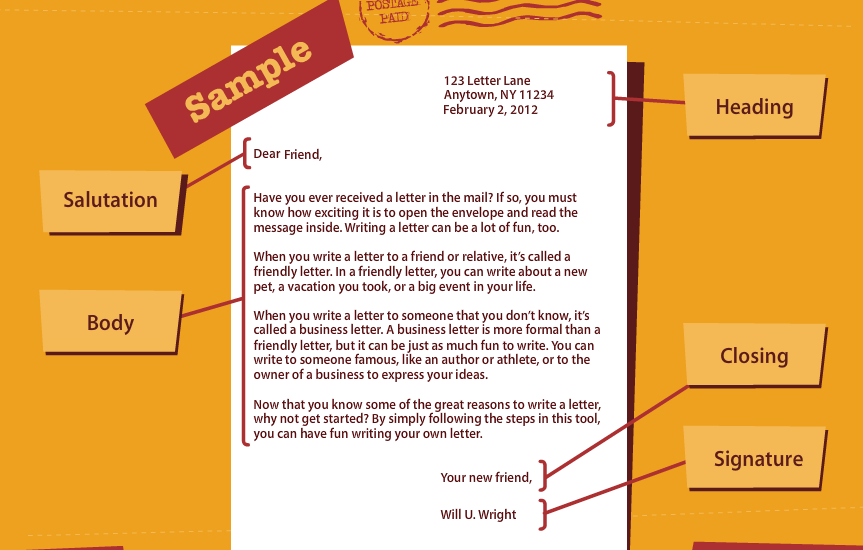 1 Transcription
1 Transcription Transcription is the fixation of sounding speech by graphic means. Transcription can be segmental (it reflects segment units) and supersegmental / prosodic (it reflects, for example, the intonational design of syntagmas). Supersegment transcription usually displays tone movement (melody), quantitative-dynamic, phonation and articulatory characteristics of supersegment units. Segmental (sound) transcription can be phonetic (it reflects the sounds of speech) and phonemic (it reflects phonemes) (Knyazev, Pozharitskaya 2012, 58) .
Speech sounds in writing are displayed using graphic characters (letters). It is known that often there is no complete, unambiguous correspondence between the sounds and the letters denoting them, for example:
- the letter i denotes two sounds - the consonant [j] and the vowel [a],
- in word that the letter h stands for the sound [w].
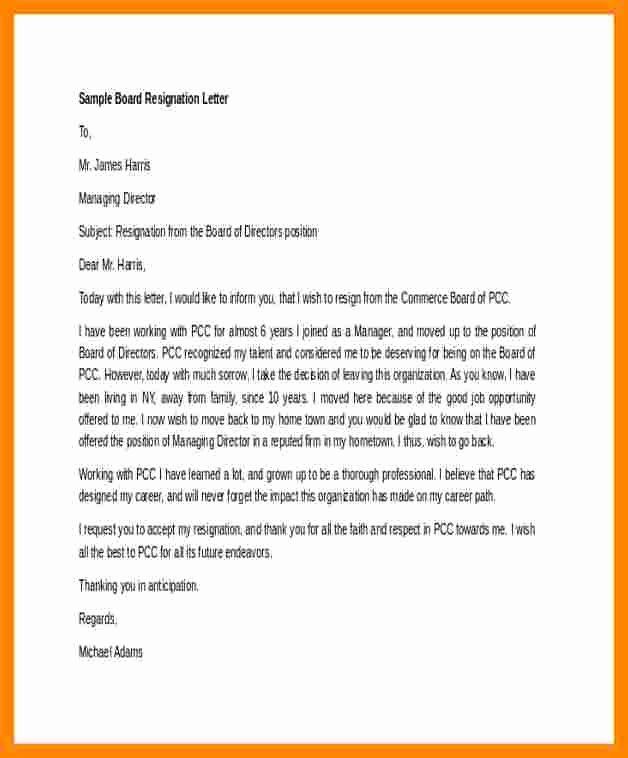
It is important to distinguish between sounds and letters : with the help of letters (graphemes) we write down words, and we pronounce sounds. See video for details:
21. Sounds and letters URL: https://www.youtube.com/watch?v=6B9HWqmOOCK 22. Russian lessons. Sounds and letters URL: https://www.youtube.com/watch?v=G6He-iXJYxATo accurately display speech sounds in writing, a special system of signs is used, called phonetic transcription . To designate each sound in phonetic transcription, a special alphabetic sign (phonetic sign) is used, which, if necessary, is accompanied by one or another additional distinctive (differential, diacritical) signs.
In works on the phonetics of the Russian language, phonetic transcription uses the system of transcription marks developed on the basis of the alphabetic characters of the Russian alphabet . The transcription uses only lowercase letters, transcribed sounds and words are enclosed in square brackets .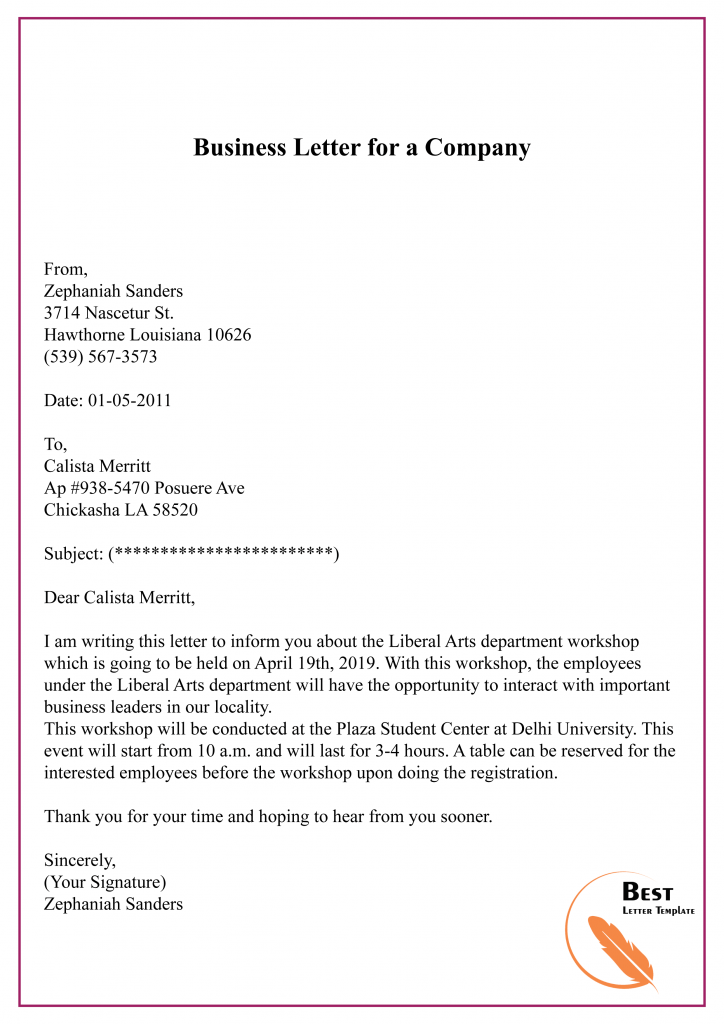 As noted by L.L. Kasatkin, phonetic transcription can be of varying degrees of accuracy : with a more accurate transcription, the advancement / retreatment of the vowel, the nasal nature of the vowel between nasal consonants, the back-tongue of the nasal, etc. are noted. (For other examples, see Kasatkin 2014, 180).
As noted by L.L. Kasatkin, phonetic transcription can be of varying degrees of accuracy : with a more accurate transcription, the advancement / retreatment of the vowel, the nasal nature of the vowel between nasal consonants, the back-tongue of the nasal, etc. are noted. (For other examples, see Kasatkin 2014, 180).
With regard to the Russian language and many other languages of the world, the existing system of graphic means (alphabetic characters) cannot adequately convey all the important phonetic features of this language, therefore, there are International Phonetic Alphabet (International Phonetic Alphabet - IPA), developed on the basis of Latin by the International Phonetic Association (IPA - International Phonetic Association). Many linguists use the IPA. Phoneticians studying Russian usually use a transcription system based on the modern Russian alphabet with the addition of some special characters, so it should be borne in mind that in different textbooks and by different authors, the special characters of Russian phonetic transcription may differ (for more examples, see. Modern Russian language 2016, 17-20).
Modern Russian language 2016, 17-20).
Ondřej Macak (Macák 2017, 25-32) writes in detail about the development and changes of Russian phonetic transcription and in his bachelor's thesis (Macák 2017, 25-32), the work is available in the Information system of the University. Masaryk: https://is.muni.cz/auth/th/407526/pedf_b/.
Example of transcribed text in Russian:
Rice. 33. Russian text and its phonetic transcription.Examples of transcription of Russian words using IPA signs:
Rice. 34. Examples of transcription of Russian words using IPA signs (Ďurovič, Giger 2020, 78).11.2 Transliteration
Do not confuse transliteration with transcription.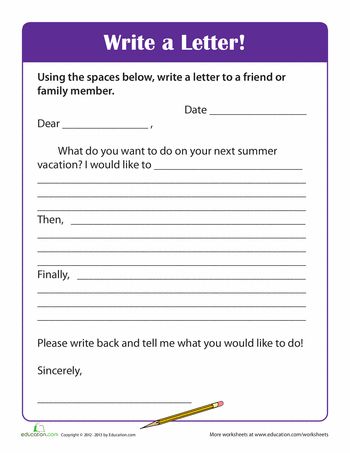 Transliteration is a translation of the graphic system of one language into the graphic system of another language , or letter-by-letter transmission of text or individual words written in a particular language, by graphic means of a reproducing language. In this case, the sound meaning of the letters of transliterated words is not always taken into account; sometimes letters are also preserved in the letter that do not denote sounds in the source language, for example. Hugo (French Hugo - the first letter in French does not denote any sound) (Nemchenko 2013, 678). It must be remembered that transliteration is a simple translation of the graphic system, and often 9kó] , moloko .
Transliteration is a translation of the graphic system of one language into the graphic system of another language , or letter-by-letter transmission of text or individual words written in a particular language, by graphic means of a reproducing language. In this case, the sound meaning of the letters of transliterated words is not always taken into account; sometimes letters are also preserved in the letter that do not denote sounds in the source language, for example. Hugo (French Hugo - the first letter in French does not denote any sound) (Nemchenko 2013, 678). It must be remembered that transliteration is a simple translation of the graphic system, and often 9kó] , moloko .
Examples (Czech - Russian): Hana - Ghana , Jiří - Jiří rzhák] .
Rules for the transliteration of foreign words (including Russian) into Czech can be found in the academic publication Pravidla českého pravopisu . As for the rules for transliteration from foreign languages into Russian, there is no single document here, it is necessary to look for rules for transliteration into specific languages, for example, here:
- http://yermolovich.ru/index/0-20#PRAVILA
- http://yermolovich.ru/index/0-11
Transliteration always refers to two specific languages eg. transliteration from Czech into Russian or transliteration from Russian into English, so the transliteration rules differ depending on the pair of languages we work with.
There are at least 3 norms in the Czech Republic establishing rules for transliteration of words (including first and last names) from Russian into Czech :
ČSN ISO 9 (010185) Informace a dokumentace – Transliterace cyrilice do latinky – slovanské a neslovanské jazyky
(Transliteration of Cyrillic in Latin - Slavic and non-Slavic languages).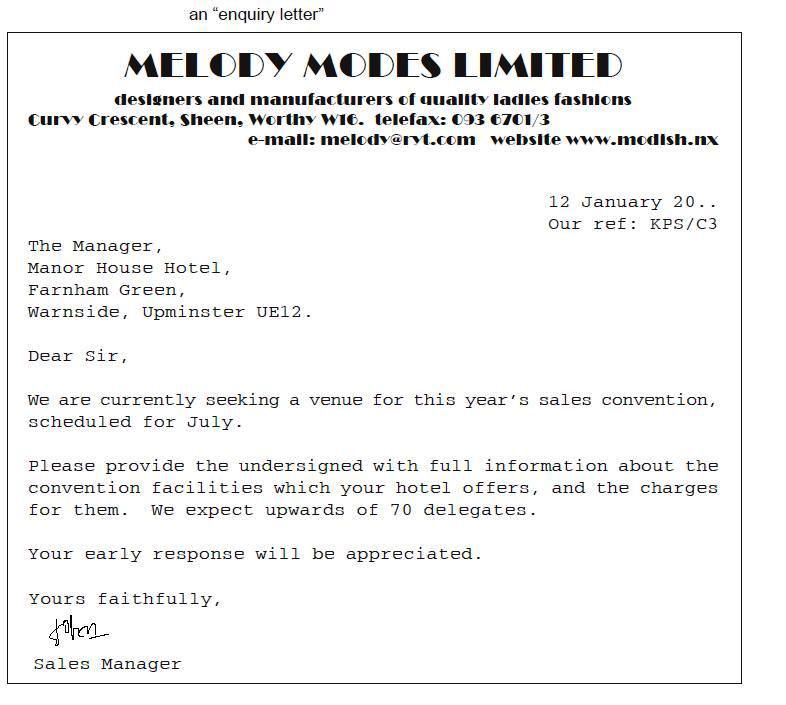 The norm has been in force since October 2002
The norm has been in force since October 2002
Description of the norm in Czech: Cílem této normy a dalších z této řady je poskytnout prostředky pro mezinárodní komunikaci psaných zpráv ve formě, která umožní automatický přenos a obnovu těchto zpráv lidmi nebo stroji . System konverze musí v tomto případě být jednoznačný a zcela reverzibilní. Norma nebere ohledy na fonetické nebo estetické záležitosti, ani na konkrétní národní zvyklosti: všechny tyto ohledy jsou zejména ignorovány v případě strojové konverze. Přijetí této normy ponechává každé zemi možnost přijmout pro vlastní potřeby národní normu, která se může lišit, pod podmínkou, že bude kompatibilní s mezinárodní normou. Zde navržený systém to musí umožňovat a je přijatelný pro mezinárodní použití, jestliže v něm obsažené grafické znaky jsou takové povahy, že mohou být automaticky konvertovány na grafické znaky používané v kterémkoliv přesně vymezeném národním systému
(URL: http://www.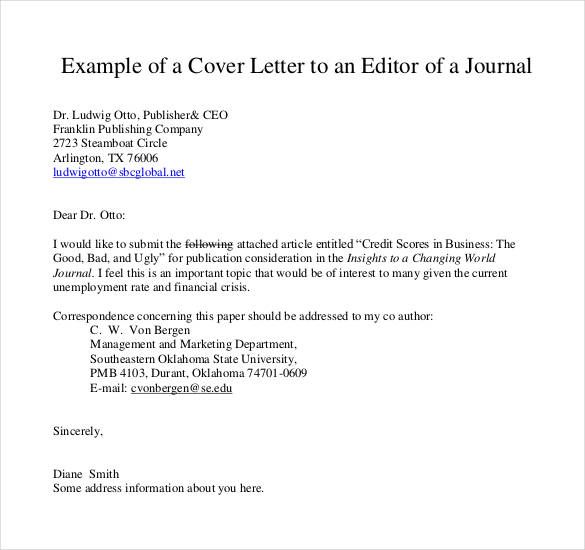 technicke-normy-csn.cz/010185-csn-iso-9_4_65539.html).
technicke-normy-csn.cz/010185-csn-iso-9_4_65539.html).
The main purpose of this norm is to give the possibility of automatic direct (from Cyrillic to Latin) and reverse (from Latin to Cyrillic) conversion of , which is especially important for example. machine readable documents (eg foreign passports). This rule is also used in scientific texts.
Rice. 35. Examples of transliteration from Russian into Czech according to ČSN ISO 9(010185) (Sokolova 2020, 130-131).Norm established in
Rules of Czech Orthography(Pravidla českého pravopisu – PČP)
According to this norm, when transliterating Russian words into Czech, only signs of the Czech alphabet can be used, for example. Alexey Uchitel - Alexej Učitěl , Kolya Schukin - Kolja Ščukin , Lidia Poterjaškina - Lidija Potěrjaškina 90ě022 Potěrjaškina 90ě022 / 0022 .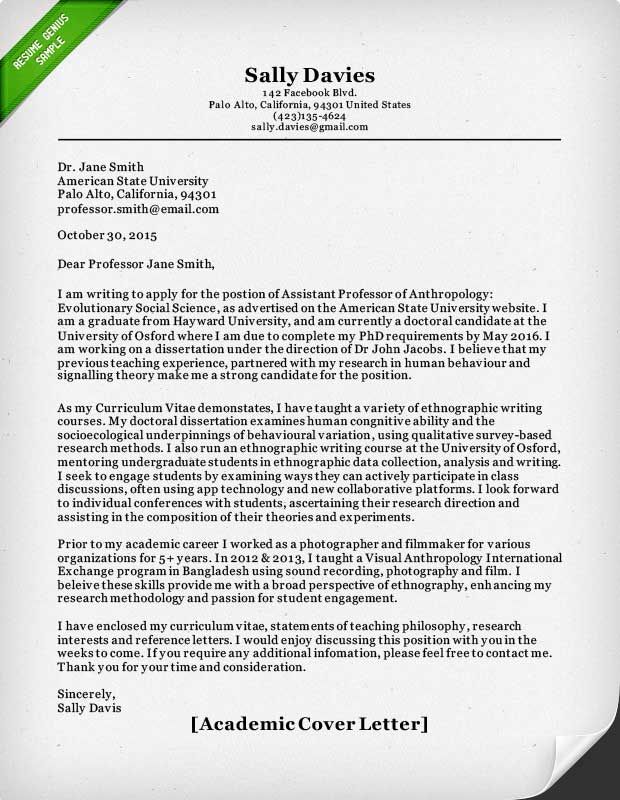
Norm of the National Library of the Czech Republic
designed primarily for the compilation and administration of library catalogs and bibliographic descriptions. An online translator can be found here: https://translit.slavistika.phil.muni.cz/
Rice. 37. Comparison of transliteration from Russian into Czech according to 3 standards: ČSN ISO 9, PČP, standard of the National Library of the Czech Republic (Sokolova 2020, 133).As it was written above, transliteration concerns two specific languages, we will give examples of transliteration of Russian words using the letters of the English alphabet. We encounter transliteration from Russian into English, for example. in passports. The rules for transliteration of Russian names and surnames using the letters of the English alphabet are established in the following documents:
- Federal Law of August 15, 1996 No.
 114-FZ “On the procedure for leaving the Russian Federation and entering the Russian Federation” (last edition of 2018)
114-FZ “On the procedure for leaving the Russian Federation and entering the Russian Federation” (last edition of 2018) - Order of the Ministry of Foreign Affairs of Russia No. 4271 dated March 29, 2016 "On approval of the Administrative Regulations of the Ministry of Foreign Affairs of the Russian Federation for the provision of public services for the issuance and issuance of a passport proving the identity of a citizen of the Russian Federation outside the territory of the Russian Federation" (hereinafter - Order No. 4271) .
- GOST 7.79-2000 (ISO 9-95) SIBID. Rules for transliteration of Cyrillic letters in the Latin alphabet. URL: http://docs.cntd.ru/document/1200026226.
Below is a comparison table (Sokolova 2020):
| Russian version | GOST 7.79-2000 (GOST B) | Transliterated by Order No. 4271 | Practical transcription into Czech (PČP) |
|---|---|---|---|
| Ilya Eltsov | Ilya ElcovIlia Eltsov | ||
| Igor Konkov | Igor Konkov | Igor Konkov | Igor Koňkov |
| Daria Gus | Darya Gus | Daria Gus | Darja Gus/Gusova |
| Natalya Belt | Natalya RemenNatalia Remen | Natalja Remeň/Remeňová | |
| Elena Elyashevich | Elena Elyashevich | Elena Eliashevich | Jelena Eljaševič/Eljaševičová |
| Ilya Podyomov | Ilya Podyomov | Ilia Podieemov | Ilja Podjomov |
| Julia Zavgorodnyaya | Iuliia Zavgorodniaia | ||
| Nikolai Zhirmunsky | Nikolai Zhirmunskii | ||
| Yuri Astafiev | Yurij Astafev0256 | Iurii Astafev | Jurij Astafjev |
| Fedor Boyarsky | Fyodor Boyarskij | Fedor BoiarskiiFjodor Bojarskij | |
| Artyom Schukin | Artyom Shhukin | Artem Shchukin | Arťom Ščukin |
| Anastasia Meshcheryakova | Anastasia Meshheryakova | Anastasiia Meshcheriakova | Anastasija Meščerjakova/Meščerjakovova |
On the website TRANSLIT.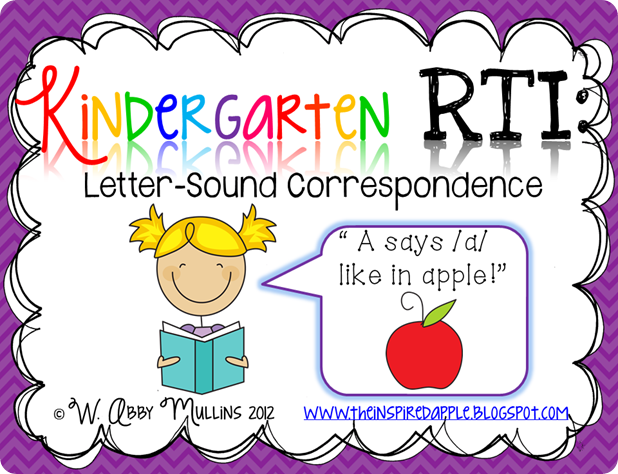 RU you can automatically transliterate any Russian words (including names and surnames) according to various transliteration standards, for example. as in the passport:
RU you can automatically transliterate any Russian words (including names and surnames) according to various transliteration standards, for example. as in the passport:
11.3 Orthoepy
Orthoepy is a set of norms of the literary language associated with the sound design of significant units: morphemes, words, sentences (Kasatkin 2014, 183). In other words, orthoepy is rules of literary (correct) pronunciation 9]sy . In some cases, the varying of the fundamental composition of the root can be indicated (reflected) in the letter: Kaloshi and Galoshi , mattress and mattress , zero and zero , and Brilliant .
Orthoepy marks the place of stress in the word: cemetery and cemetery , cottage cheese and cottage cheese ; in separate word forms: kosu and kosu , delicious and delicious ́; on different lexical units included in one phonetic word: into hands and into hands .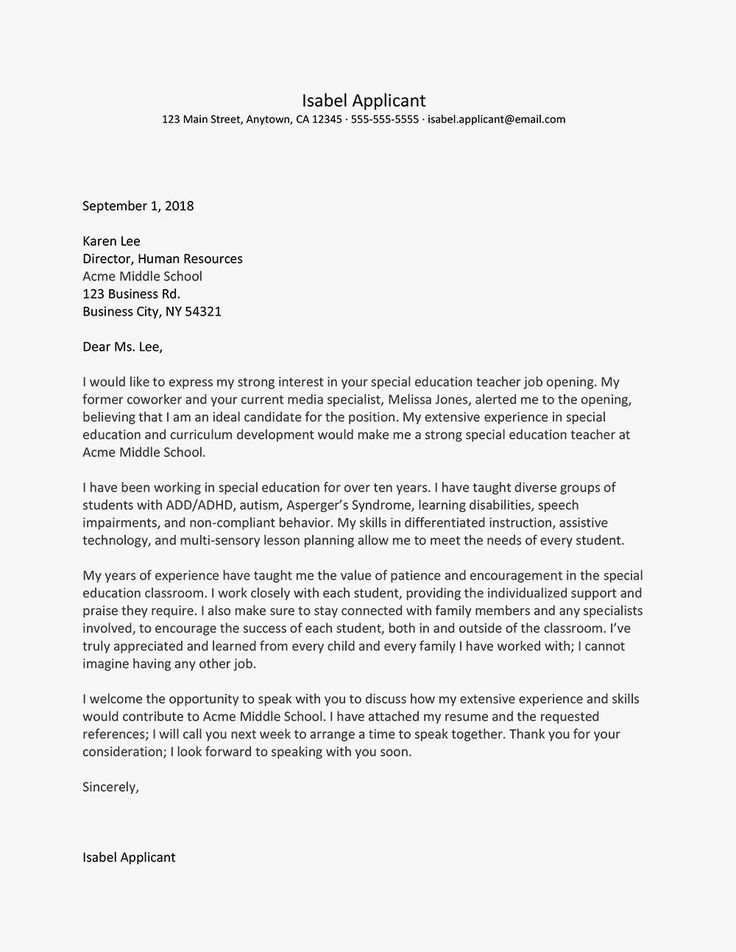
As it was said in the video, orthoepic norms are reflected in orthoepic dictionaries, stress dictionaries or recommendations for correct pronunciation, see the list here: http:// gramota.ru/dictionaries/types/17_12. One of the newest orthoepic dictionaries of the Russian language is "Big orthoepic dictionary of the Russian language. Literary pronunciation and stress at the beginning of the XXI century: the norm and its variants" (Kalenchuk, Kasatkin, Kasatkina 2012), containing more than 80,000 words, including recently appeared ones. Other you can read about the orthoepic norms of the Russian language (Kalenchuk, Kasatkin, Kasatkina 2012, 940-1000), (Kasatkin 2014, 199-240), (Modern Russian Language 2016, 76-79) or watch video lecture of one of the authors of the Great Orthoepic dictionary of the Russian language" Maria Leonidovna Kalenchuk on the topic "Modern orthoepic norms of the Russian language and their reflection in dictionaries" :
24. Modern orthoepic norms of the Russian language and their reflection in dictionaries URL: https://www.youtube.com/watch?v=YGpV4i3Zt4M
Modern orthoepic norms of the Russian language and their reflection in dictionaries URL: https://www.youtube.com/watch?v=YGpV4i3Zt4M Various orthoepic variants are typical for different pronunciation styles - full and colloquial . The full style implies consistent observance of phonetic laws, clear articulation of sounds, and a calm pace of speech. The colloquial style is used in conditions of unprepared speech, easy communication; colloquial speech is characterized by a complete reduction of vowels, consonants and word fragments (Modern Russian Language 2016, 75). You can listen to examples of Russian colloquial speech with phonetic notes on the website of the project "Stories about dreams and other corpora of sounding speech", for example, in the section "Funny stories from life".
Other about pronunciation options, you can watch an open video lecture by M.L. Kalenchuk on the topic "Pronunciation options: good or evil?" :
25.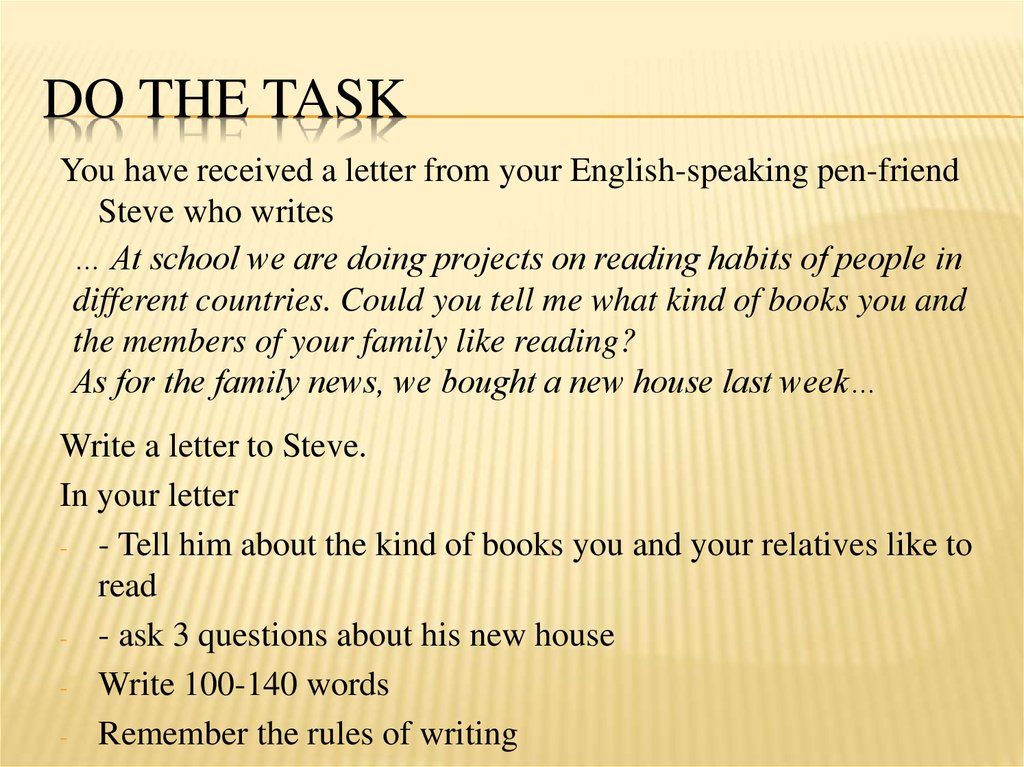 Pronunciation options: good or evil? URL: https://www.youtube.com/watch?v=R5S88KwqLUY
Pronunciation options: good or evil? URL: https://www.youtube.com/watch?v=R5S88KwqLUY BONUS #1
Colloquial style of pronunciation - the Moscow version, the so-called. Moscow language .
26. Moscow language. URL: IS - Učební materiály předmětuBONUS #2
Video lecture by prof. L.A. Verbitskaya about variants of Russian literary pronunciation ("As they say in Moscow and St. Petersburg"):
27. As they say in Moscow and as they say in St. Petersburg URL: https://www.youtube.com/watch?v=xFwwtMuGQZQLiterature
Kalenchuk, M.L., KASATKIN, L.L., KASATKINA, R.F. Big orthoepic dictionary of the Russian language. Literary pronunciation and stress at the beginning of the 21st century: the norm and its variants . M.: AST-PRESS KNIGA, 2012. 1008 p. ISBN 978-5-462-00962-4.
KALENCHUK, M.L. Pronunciations: Good or Evil? [online]. URL: https://www.youtube.com/watch?v=R5S88KwqLUY&t=25s.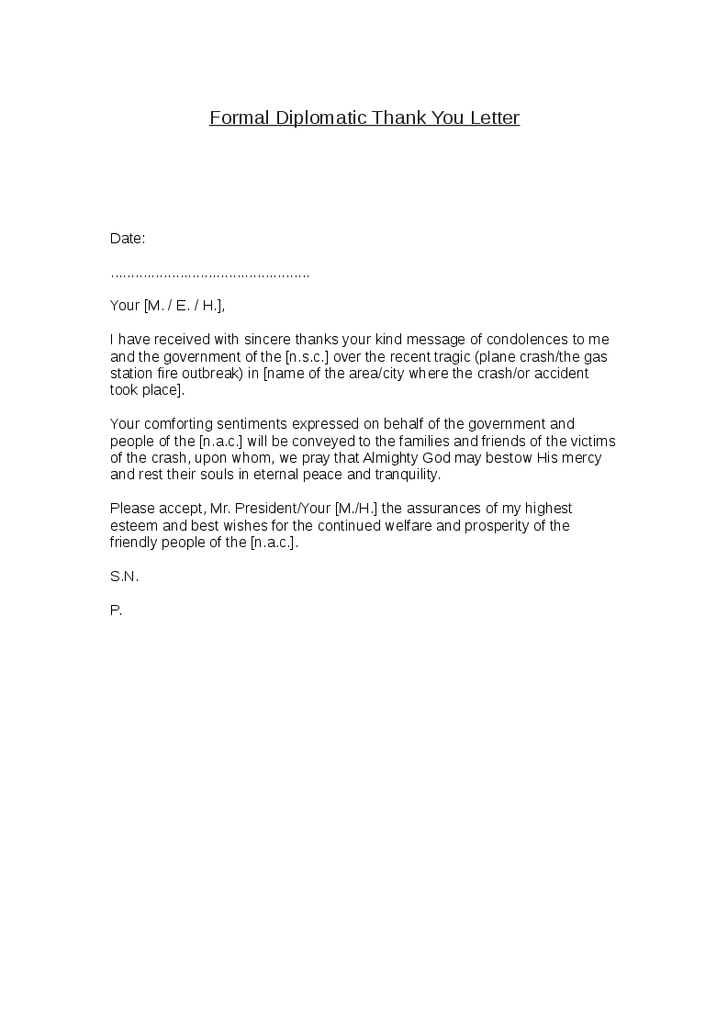
KALENCHUK, M.L. Modern orthoepic norms of the Russian language and their reflection in dictionaries: webinar [online]. URL: https://www.youtube.com/watch?v=YGpV4i3Zt4M.
KASATKIN, L.L. Modern Russian language: Phonetics: textbook. allowance for students. institutions of higher prof. education . 3rd ed., rev. M.: Publishing Center "Academy", 2014. 272 p. ISBN 978-5-4468-0221-0.
KNYAZEV, S.V., POZHARITSKAYA, S.K. Modern Russian Literary Language: Phonetics, Orthoepy, Graphics and Spelling: Textbook for Universities . 2nd ed., revised. and additional Moscow: Academic Project; Gaudeamus, 2012. 430 p. ISBN 978-5-8291-1252-3 (Academic Project), 978-5-98426-101-2 (Gaudeamus).
NEMCHENKO, V.N. Introduction to linguistics: a textbook for universities . 2nd ed., revised. and additional M.: Yurait Publishing House, 2013. 679 p. ISBN 978-5-9916-2245-5.
Dream stories and other corpus of sound speech [online].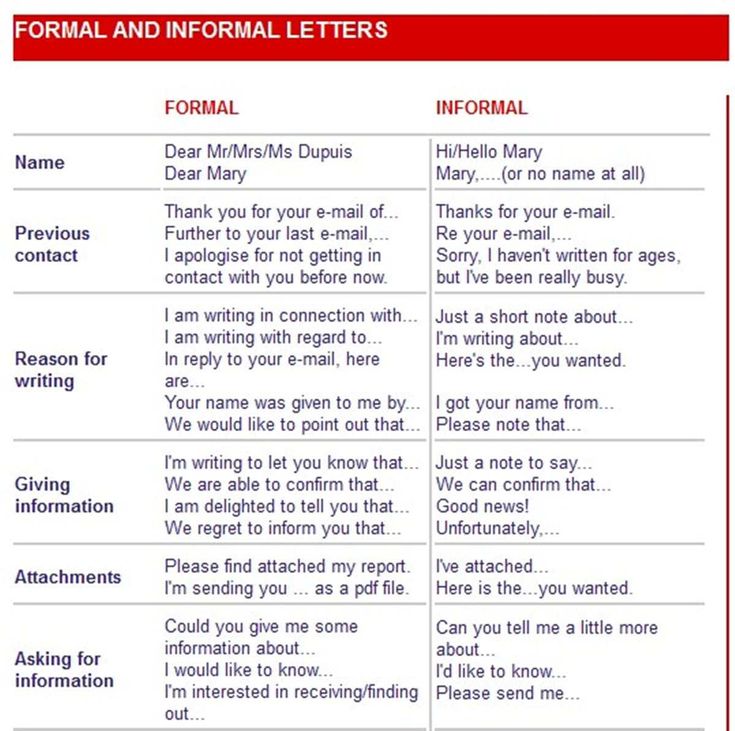 Access mode: http://spokencorpora.ru/.
Access mode: http://spokencorpora.ru/.
Professor D.I. Ermolovich [online]. Access mode: http://yermolovich.ru/.
Modern Russian. In 3 vols. T. 1. Phonetics. Phonology; Orthoepy; Graphic arts. Spelling; Lexicology; Phraseology; Morphemics. Word formation . Ed. S. M. Kolesnikova. M.: Yurait Publishing House, 2016. 306 p. ISBN 978-5-9916-5185-5.
SOKOLOVA, A. Transmission of Russian names and surnames in the Czech language: theory and practice. Bulletin of the Tomsk State University. Philology – Tomsk State University Journal of Philology , Tomsk: Tomsk State University, 2020, No. 65, p. 127-145. ISSN 1998-6645. URL: http://journals.tsu.ru/philology/&journal_page=archive&id=1971.
International Phonetic Association [online]. Access mode: https://www.internationalphoneticassociation.org/.
MACÁK, O. Asimilace a disimilace v ruštině ve srovnání s češtinou . Brno, 2017. Bakalářská práce. Masarykova univerzita.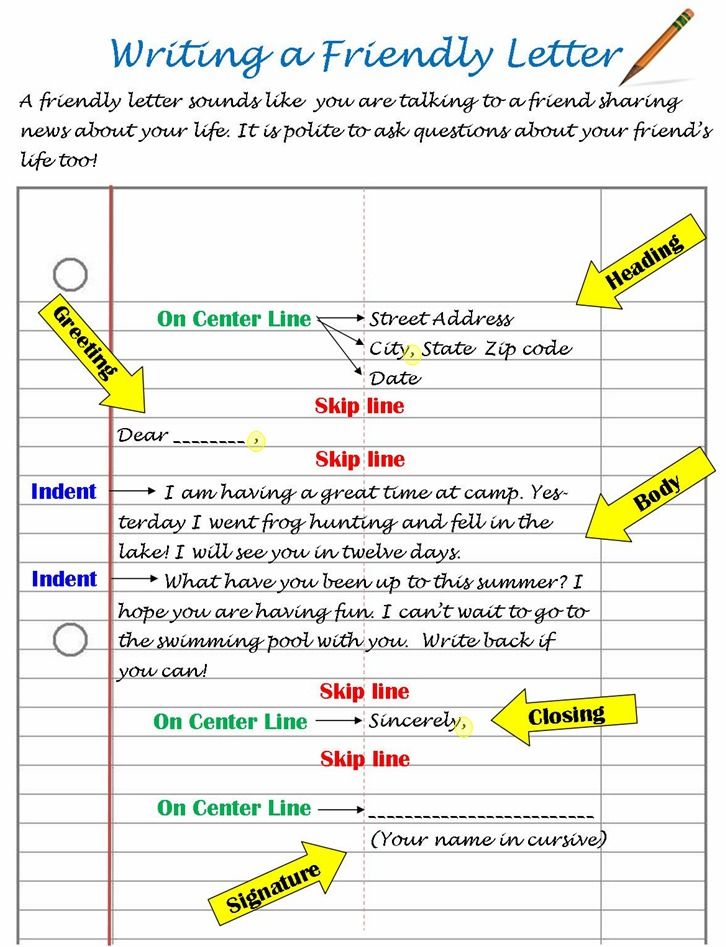 Vedoucí prace Mgr. Anastasia Sokolova, Ph.D.
Vedoucí prace Mgr. Anastasia Sokolova, Ph.D.
OLIVERIUS, Bld. 1974. Phonetics of the Russian language . Praha: Státní pedagogické nakladatelství, 1974. 161 s.
ĎUROVIČ, Ľ., GIGER, M. Paradigmatika spisovné ruštiny. Hláskosloví a tvarosloví . Praha: Karolinum, 2020. ISBN 978-80-246-3915-4.
NEKULA, M. Text. Příruční mluvnice češtiny . Karlík P., Nekula M., Pleskalová J. (eds.). Praha: Nakladatelství Lidové noviny, 2012. S. 652–698.
KRČMOVÁ, M. Transliterace. CzechEncy0022 . P. Karlik, M. Nekula, J. Pleskalova. 2017. URL: https://www.czechency.org/slovnik/TRANSLITERACE.
Pravidla českého pravopisu . Praha: Academia, 2005. 391 s. ISBN 80-200-1327-X.
S.V. Knyazev and S.K. Pozharitskaya make valuable remarks regarding the phonetic transcription of the Russian language: “Segmental (sound) transcription uses alphabetic characters with the addition of special diacritics located next to the main transcription mark. The body of alphabetic characters of the alphabet that is taken as the basis of this transcription system (for example, Latin and Cyrillic) is usually supplemented by a certain number of characters from another alphabet, or by specially invented characters. In transcription, it is possible, although undesirable, to give a different meaning to some alphabetic characters compared to their orthographic use in a given language” (Knyazev, Pozharitskaya 2012, 58).
The body of alphabetic characters of the alphabet that is taken as the basis of this transcription system (for example, Latin and Cyrillic) is usually supplemented by a certain number of characters from another alphabet, or by specially invented characters. In transcription, it is possible, although undesirable, to give a different meaning to some alphabetic characters compared to their orthographic use in a given language” (Knyazev, Pozharitskaya 2012, 58).
When answering this question in the exam, it is necessary to say about the rules of phonetic transcription in Russian - the rules for transcription of vowels and the rules for transcription of consonants.
International Phonetic Association [online]. URL: https://www.internationalphoneticassociation.org/sites/default/files/IPA_Kiel_2015.pdf.
Doporučená pravidla přepisu slov z cizích jazyků do češtiny. In Pravidla českého pravopisu . Praha: Academia, 2005. s. 76-89. ISBN 80-200-1327-X.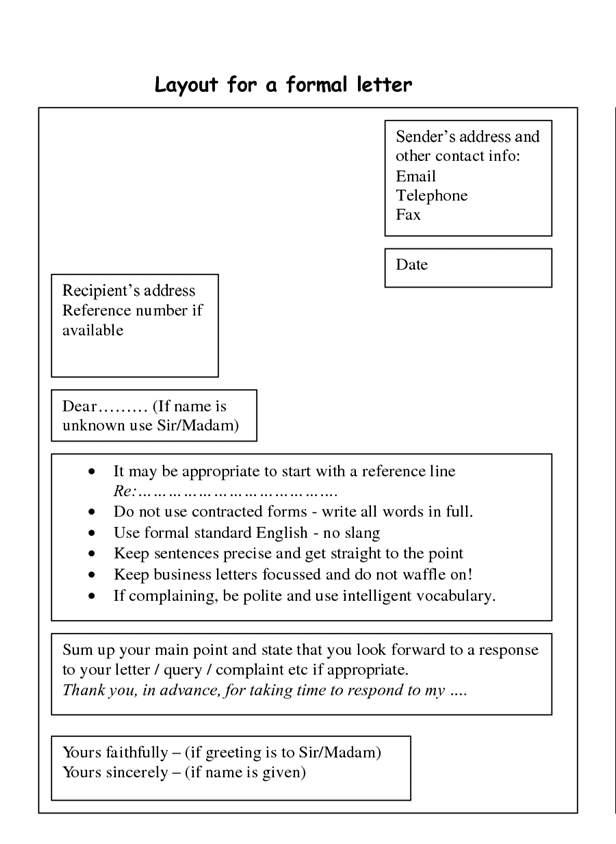
10 Changes in sounds in the flow of speech
12 Graphics, spelling, history of the Russian alphabet
Phonetic analysis of the word. What it is? How to do it? Examples
Let's learn how to phonetically analyze the most difficult words
Start learning
164.3K
the same letter. And there are a great many such examples in the Russian language. To understand why this happens, they came up with a phonetic parsing of words. Now we will tell you what it is and show with examples how it is customary to parse words into syllables, sounds and letters.
What is phonetic analysis
Phonetic , or sound-alphabetic, analysis of the word is an analysis of the sounds and letters that make up this word.
There are 33 letters in Russian, from which we compose words and write them down on paper.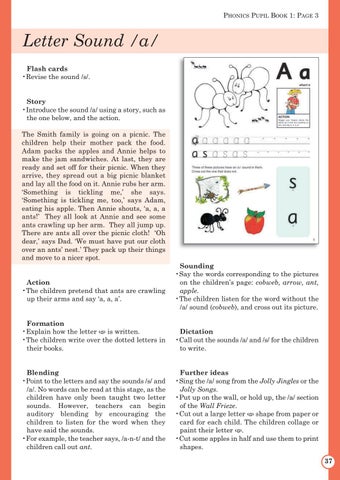 When we pronounce a word, we hear sounds - this is how the letters in its composition sound. In some words, the same letter can mean two sounds at the same time or not sound at all. This is where sound-letter analysis comes in handy: it is needed so that we can analyze sounds and letters, write correctly, and also pronounce words.
When we pronounce a word, we hear sounds - this is how the letters in its composition sound. In some words, the same letter can mean two sounds at the same time or not sound at all. This is where sound-letter analysis comes in handy: it is needed so that we can analyze sounds and letters, write correctly, and also pronounce words.
Demo lesson in Russian
Take the test at the introductory lesson and find out what topics separate you from the "five" in Russian.
How is phonetic parsing of a word done?
Full transcription of the word.
Vowel sounds: stressed or unstressed, which letter is indicated.
Consonants: voiced, sonorous or voiceless, paired or unpaired; hard or soft, paired or unpaired; which letter is indicated.
The total number of letters and sounds.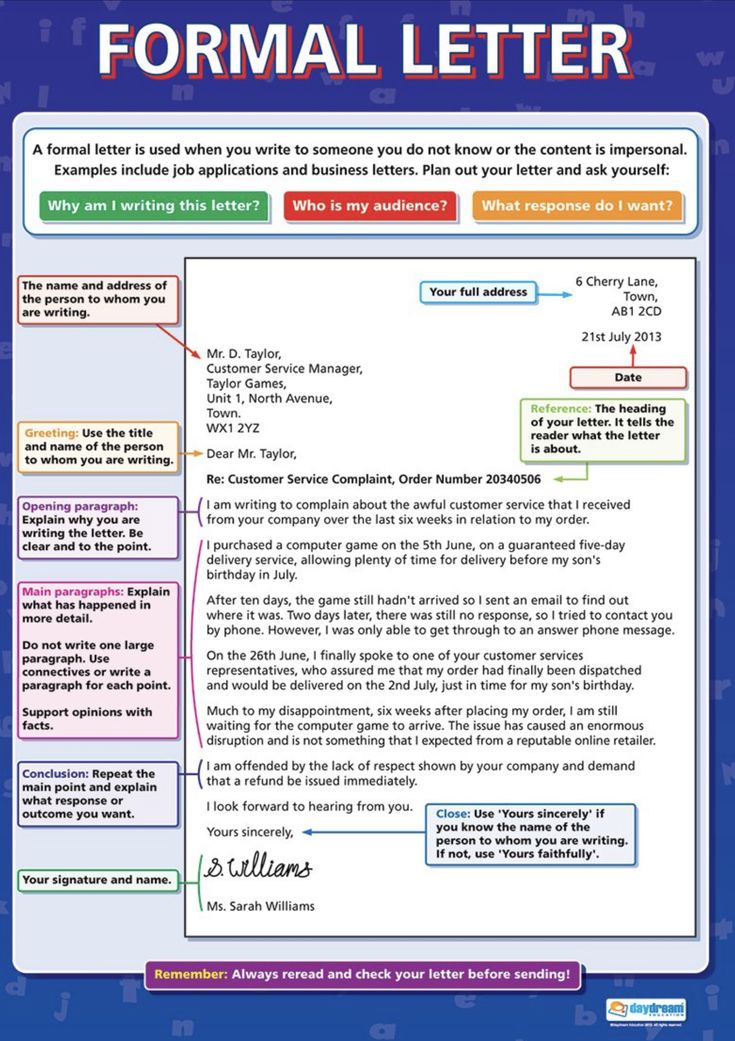
You can disassemble words by sounds and letters orally or in writing. These methods are slightly different from each other, so let's consider each one separately. We write down the word and all the sounds that are included in it.
Syllables and stress. We count and write down the number of syllables in a word, we denote the one on which the stress falls.
Sounds. From the next line in a column, we rewrite all the letters in the order in which they appear in the word. Opposite each of them we record the sound and enclose it in square brackets.
Vowel sounds. Next to each vowel we write whether it is stressed or unstressed. And then we indicate what letter it is designated.
Consonants.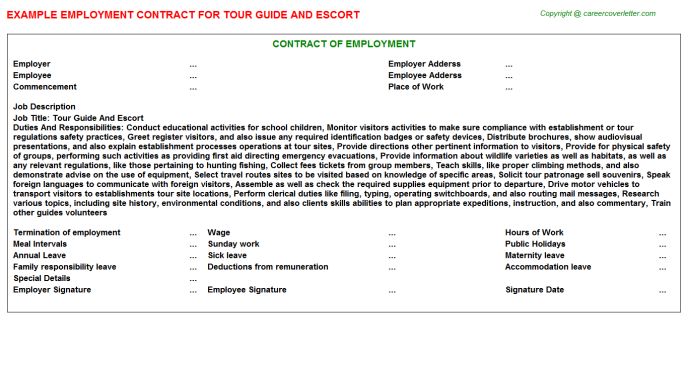 Next to each consonant, indicate whether it is voiced or voiceless. Further - paired or unpaired in deafness-sonority. After that, we write, hard or soft sound, and then - paired or unpaired in terms of softness-hardness. At the end, you need to indicate which letter denotes the sound.
Next to each consonant, indicate whether it is voiced or voiceless. Further - paired or unpaired in deafness-sonority. After that, we write, hard or soft sound, and then - paired or unpaired in terms of softness-hardness. At the end, you need to indicate which letter denotes the sound.
Number of letters, sounds. We count and write down the number of letters and sounds in a word.
Now let's use this algorithm with examples.
Example No. 1. Written phonetic analysis of the verb search
Search [abysk'ivat'] - 4 syllables, 2nd stressed.
o - [a] - ch., unstressed.
b - [b] - acc., sound. couple, tv par.
s - [s] - ch., shock.
s - [s] - acc., deaf. couple, tv par.
k - [k'] - acc. , deaf. steam, soft par.
, deaf. steam, soft par.
and - [and] - Ch., unstressed.
c - [c] - acc., sound. couple, tv par.
a - [a] - Ch., unstressed.
t - [t'] - acc., deaf. steam, soft par.
b — [–]
10 points, 9 stars
Example No. 2. Written phonetic analysis of the adjective spring
Spring [v'is'en':y'] - 3 syllables, 2nd stressed.
in - [in '] - acc., sound. steam, soft par.
e - [i] - gl., unstressed.
s - [s'] - acc., deaf. steam, soft par.
e - [e] - ch., percussion.
n - [n':] - acc., sonorn. unpaired, soft par.
and - [and] - Ch., unstressed.
th - [th'] - acc., sonorn. unpaired, soft unpaired
8 points, 7 stars
Example No.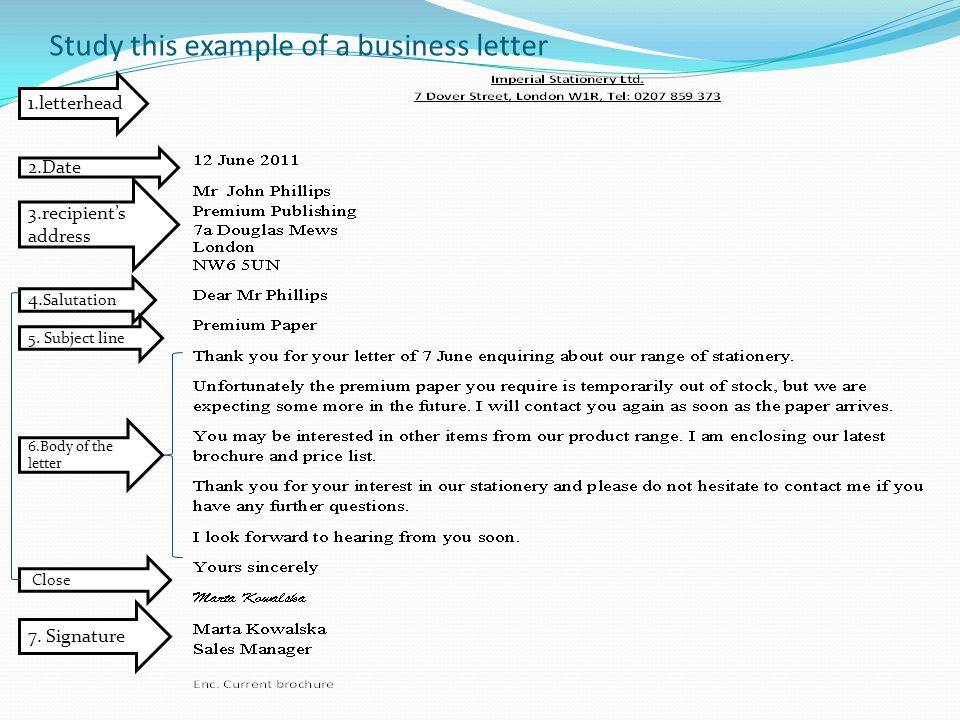 3. Written phonetic analysis of a noun professor
3. Written phonetic analysis of a noun professor
Professor [praf'es:ar] - 3 syllables, 2nd stressed.
p - [n] - acc., deaf. couple, tv par.
р - [р] - acc., sonorn. unpaired, tv. par.
o - [a] - ch., unstressed.
f - [f'] - acc., deaf. steam, soft par.
e - [e] - ch., percussion.
s - [s:] - acc., deaf. couple, tv par.
o - [a] - ch., unstressed.
р - [р] - acc., sonorn. unpaired, tv. par.
9 points, 8 stars
Sample oral phonetic analysis
If you need to do sound-letter analysis orally, follow this algorithm:
-
Syllables and stress. Count and name the number of syllables in a word, indicate the one that is stressed.
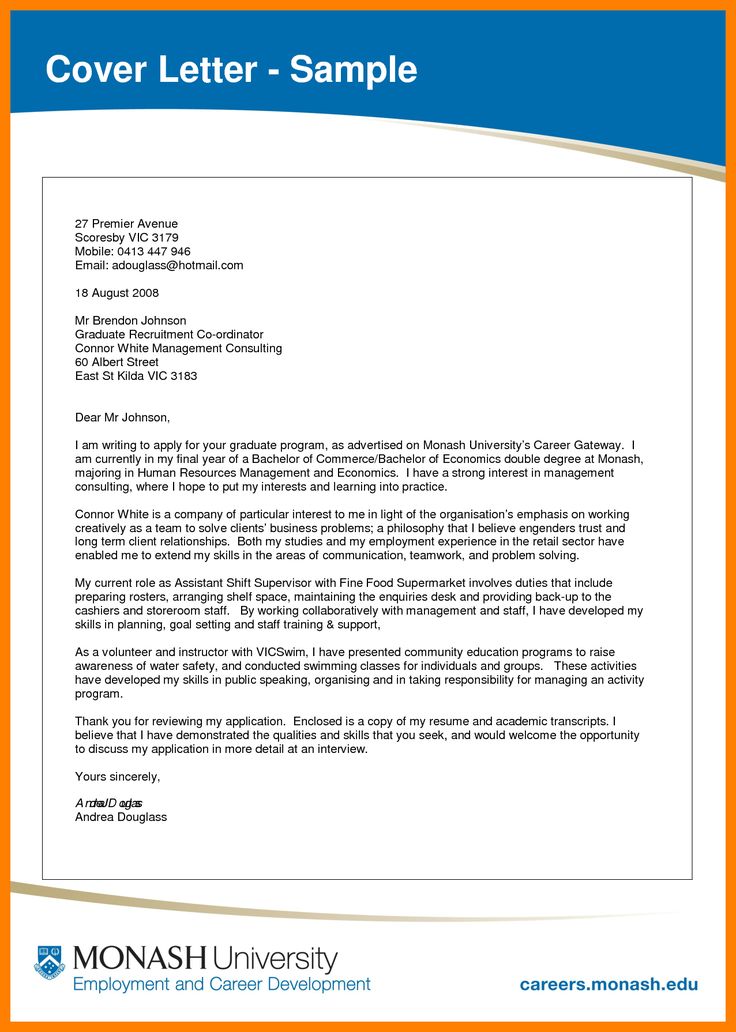
-
Vowel sounds. Name the vowels in the order in which they sound in the word. For each of them, determine whether it is percussion or unstressed. Then specify the letters with which they are indicated.
-
Consonants. For each of the consonants, determine whether it is voiced or voiceless, and then - paired or unpaired according to deafness-voicedness. After that, establish whether the sound is hard or soft, as well as paired or unpaired in terms of softness-hardness. At the end of the analysis of each of the consonants, specify which letter it is designated in the word.
-
Number of letters, sounds. Count and name the number of letters and sounds in a word.
Let's practice oral phonetic analysis on the example of the same words that we have analyzed above.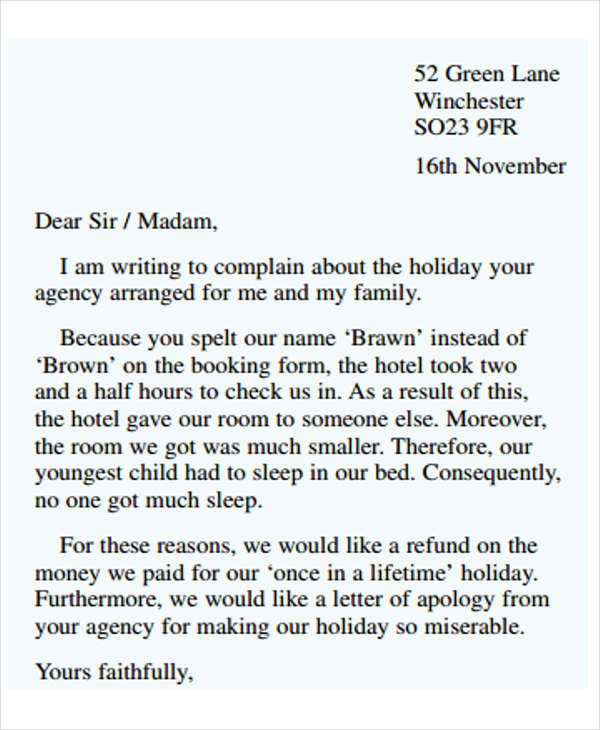
Example No. 1. Oral phonetic analysis of the verb search
2. Vowels:
the first is unstressed [a], marked with the letter about ;
second - shock [s], marked with the letter s ;
third - unstressed [and], marked with the letter and ;
fourth - unstressed [a], designated by the letter a .
3. Consonants:
[b] - voiced double, solid double, marked with the letter b ;
[s] - deaf double, solid double, marked with the letter from ;
[k'] - deaf double, soft double, marked with the letter to ;
[c] - voiced double, hard double, marked with the letter in ;
[t'] - deaf double, soft double, marked with the letter t ;
letter ь does not represent sound.
4. In the word search 10 letters and 9 sounds.
Example No. 2. Oral phonetic analysis of the adjective spring
2. Vowels:
the first is unstressed [i], marked with the letter e ;
second - shock [e], marked with the letter e ;
third - unstressed [and], marked with the letter and .
3. Consonants:
[в'] - voiced double, soft double, marked with the letter in ;
[s'] - deaf double, soft double, marked with the letter from ;
[n'] - voiced unpaired (sonor), soft paired, marked with the letter n . The second n does not form a sound in a word;
[d'] - voiced unpaired (sonor), hard unpaired, marked with the letter and .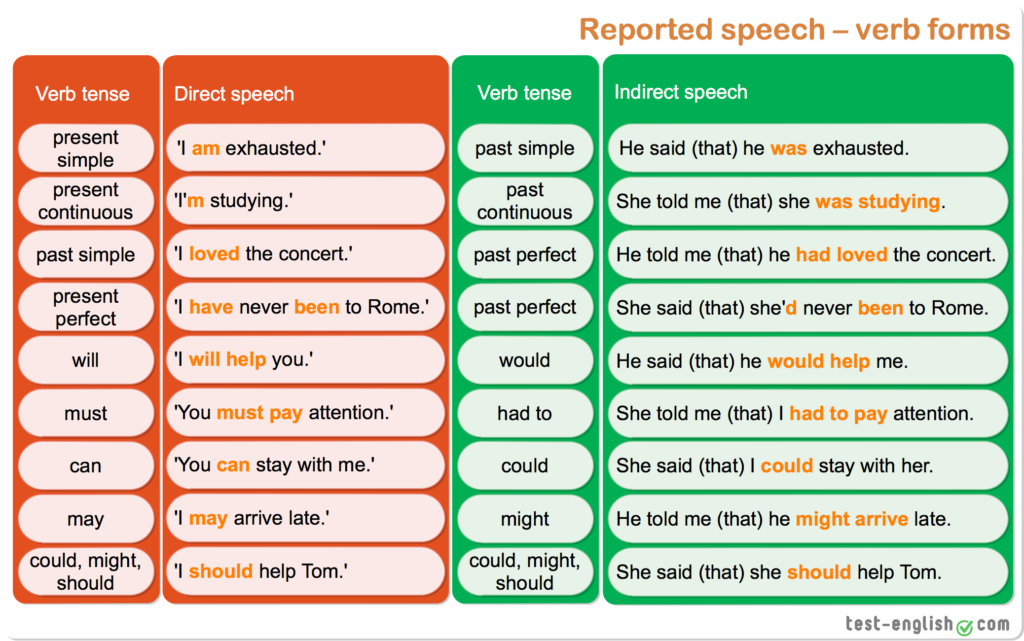
4. The word spring has 8 letters and 7 sounds.
Example No. 3. Oral phonetic analysis of the noun professor
2. Vowels:
the first is unstressed [a], marked with the letter about ;
second - shock [e], marked with the letter e ;
the third is unstressed [a], designated by the letter o .
3. Consonants:
[p] - deaf double, hard double, marked with the letter p ;
[p] - voiced unpaired (sonor), solid paired, marked with the letter p ;
[f'] - deaf double, soft double, marked with the letter f ;
[s] - deaf double, solid double, marked with the letter with . The second with does not form a sound in a word;
[p] - voiced unpaired (sonor), solid paired, marked with the letter p .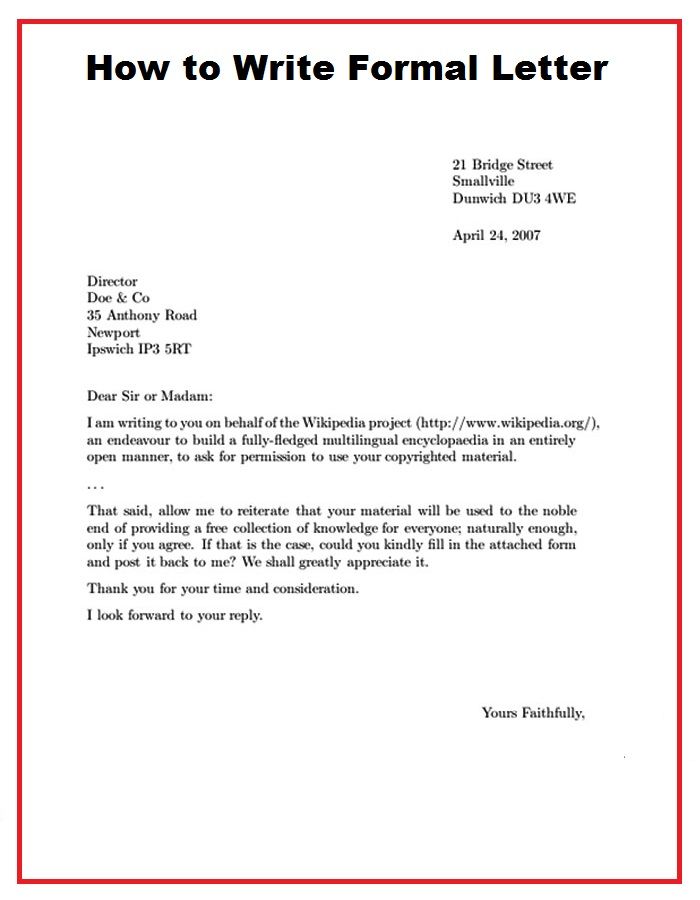
4. The word professor has 9 letters and 8 sounds.
Test yourself
Let's find out how well you understand what phonetic parsing is. Below you will find three tasks with which you can practice this skill.
Task 1
Disassemble the following words according to their sound composition: busy, guest, vacancy, pronounce, speaking.
Task 2
Perform oral phonetic analysis of words: box, hospital, go, union, marine.
Task 3
Read the short text below and make a written phonetic analysis of all the nouns in it.
We wandered in the forest in spring and observed the life of hollow birds: woodpeckers, owls. Suddenly, in the direction where we had previously planned an interesting tree, we heard the sound of a saw. It was, we were told, cutting firewood from deadwood for a glass factory.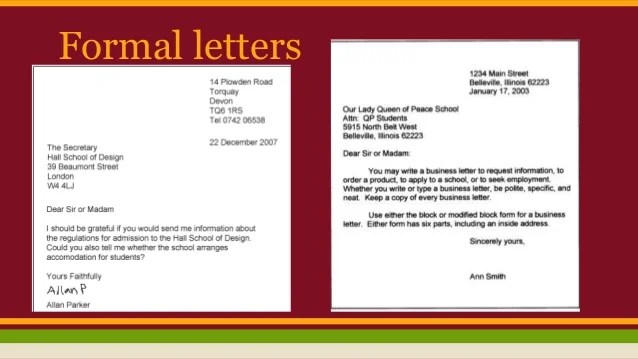
Learn more

